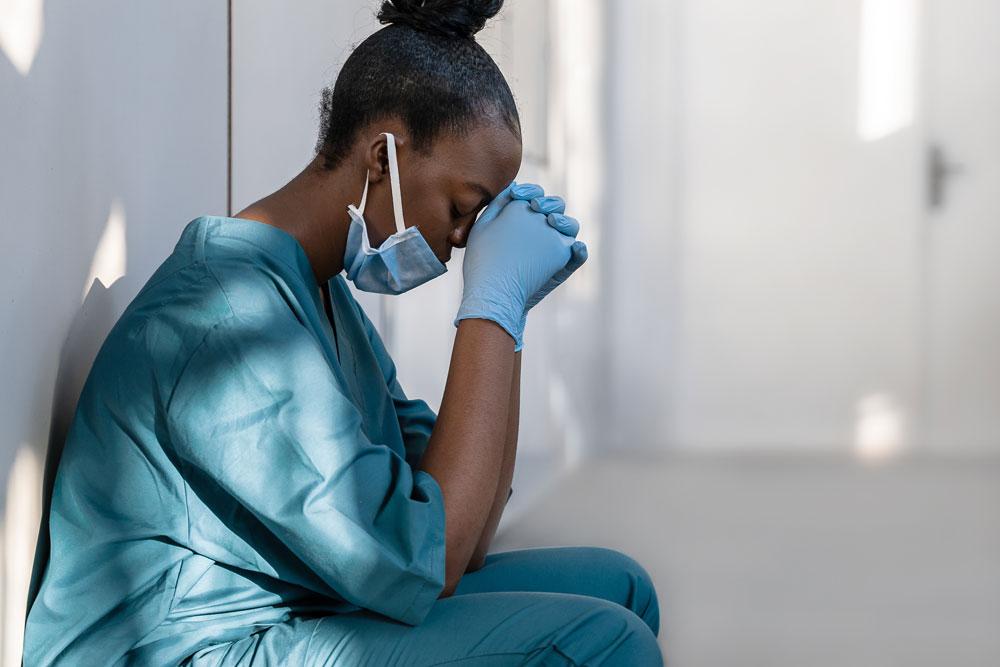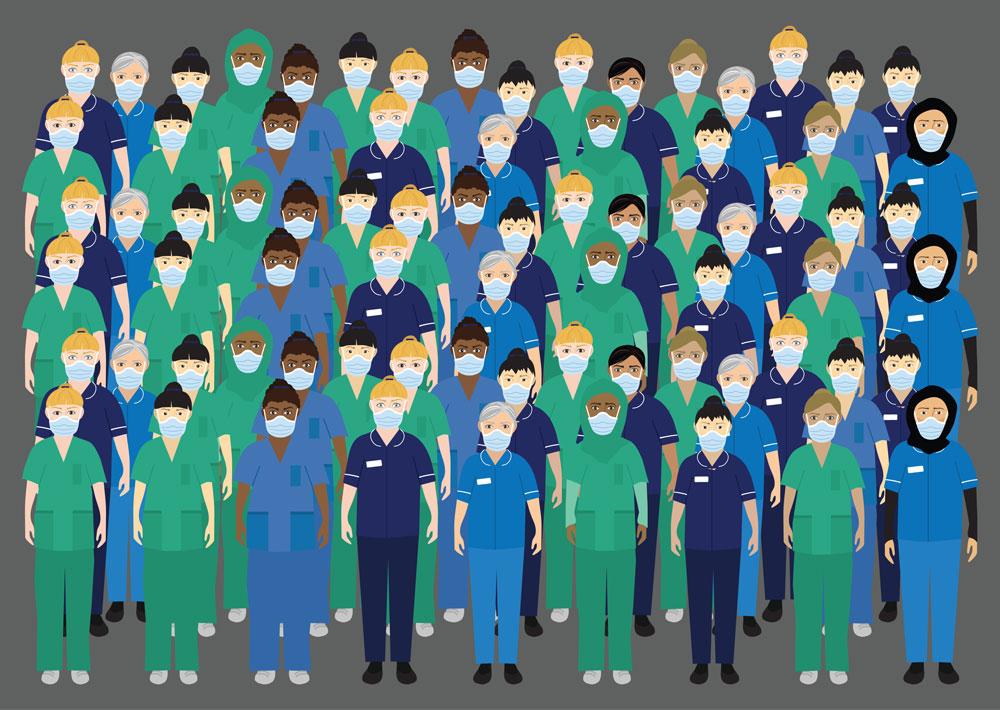Dr Jane Howarth, assistant vice chancellor and dean of the Health Faculty at the University of Bolton explains how organisations across Bolton are working together to provide the best training to the next generation
The NHS has reached a remarkable milestone as it celebrates 75 years in service. But whether the UK’s greatest invention is sustainable for another 75 remains unclear. Chronic staff shortages have been one of the defining issues of the NHS’ last few years, and the institution is currently facing the biggest workforce crisis in its history.
The long-awaited NHS workforce plan was finally published a couple of weeks ago, setting out a 15-year strategy to try and make sure we can train enough doctors, nurses, and other clinical professionals. At the heart of this plan is an aim to “streamline the process from classroom to clinic”.
I’m really proud to say that in Bolton, we’ve been underway with our own NHS workforce plan for a number of years now. Driven by the Vice Chancellor of the University of Bolton, Professor George Holmes, a new £40m clinical training institute is currently being built on the site of the Royal Bolton Hospital.
A collaboration between the University, the College, Bolton NHS Foundation Trust and Bolton Council, the Institute of Medical Sciences (IMS) is due to open in 2024. It will significantly increase the University’s capacity to train clinical professionals, with approximately 3000 learners training there each year.
We decided to embark on this project several years ago because we recognised that if we are to help build a sustainable staffing pipeline for the NHS, we need a more joined-up approach between education providers and local NHS trusts.
Reducing the inevitable training ‘strain’
This starts with looking at ways we can make the best use of existing clinical professionals’ time – people who are integral in the delivery and assessment of clinical skills. This covers both logistics, and strains on supervisory capacity.
For example, the proximity of our training institute to the hospital itself makes it easier for existing clinical staff to deliver guest lectures or practical workshops because it’s literally over the road, reducing wasted time traveling.
But more important is delivering ways of reducing the burden that clinical placements can put on practice supervisors and assessors. A student nurse, for example, needs to undertake 2300 hours of supervised placement, so naturally there are limits as to how many placements a practice learning partner can offer.
Advanced technology now means we can provide some of those placement hours in a simulated clinical practice environment, as an alternative. These simulated environments are hugely significant in the future of clinical training, and we need to be providing more of these opportunities in the UK if we’re to going to produce more home-grown NHS staff.
IMS will be home to six purpose-built simulation suites, where students can be on ‘placement’, and the hours there contribute as practice hours. The quality of learning on offer in these suites really is unrivalled, and as close to real world as it can be, with mock wards and mannequins that are extremely life-like. Having spent a large part of my career as a midwife, I still can’t believe that we now have a mannequin that has contractions and can deliver a baby!
While traditional placements are dictated by the patients in the ward at any one time, the simulated environment can manufacture scenarios so that students can practise how to respond. Not only is this a brilliant opportunity for people to practise clinical skills, but it also allows for much more efficient assessment.
Of course, a wider discussion is currently rumbling around the number of clinical placement hours student nurses are asked to complete, with calls for the Nursing and Midwifery Council to adopt a competency testing approach over time-served. Irrespective of this, simulated suites are a brilliant way of enabling students to practise and be assessed in a way that minimises the current training load on the NHS.
A responsive curriculum
A good relationship between a training provider and a practice learning partner is really important in ensuring that the next generation of NHS staff are learning the skills that the NHS desperately needs.
At IMS, we are responding to what Bolton NHS Foundation Trust reports back to us. I meet with the Chief Nurse at the Trust once a month – if he says “I need more of this”, we go away and work with them to build that into the curriculum.
For the big undergraduate programmes, the professional bodies of course set the standard for what we teach. But there is some degree of tailoring for certain programmes. As an example, the physio department might inform us they’re having a lot of problems with shoulder injuries, so we could develop a CPD module so that physio students could build up knowledge and skills in that specific area.
It’s really important that relationship is there. It allows us to build a pipeline of future staff who can slot into the workforce and immediately be able to deliver in areas where it’s needed.
Linear pathways
As a final thought, I think creating linear pathways for people to join the NHS workforce is really important in ensuring it is sustainable for future generations. A lot of young people aspire to work within the NHS, and we need a means of capturing that aspiration and enthusiasm early and funnelling it into a route that works for every individual. Training to be a clinical professional should not be exclusively for those who sit GCSEs, A levels and undertake a degree.
The launch of the Health T-level in 2021 was a really positive move in creating a new point of entry to the health professions. It’s vital we retain these learners and support them to progress naturally on to the next rung of the ladder, whether that be a higher-level apprenticeship or indeed a traditional undergraduate degree.
The University of Bolton is quite unique in that the local further education provider, Bolton College, is part of the University group. We want to maximise that relationship to make sure IMS is an aspirational study destination to people at the very start of their journey to a career.
Ultimately, the NHS can only recruit home grown clinical staff if the pipeline is providing. In Bolton, we believe we’ve developed a way of training those staff more effectively. But we’re just one region, and it will take wholesale national developments to keep the NHS going for another 75 years.





